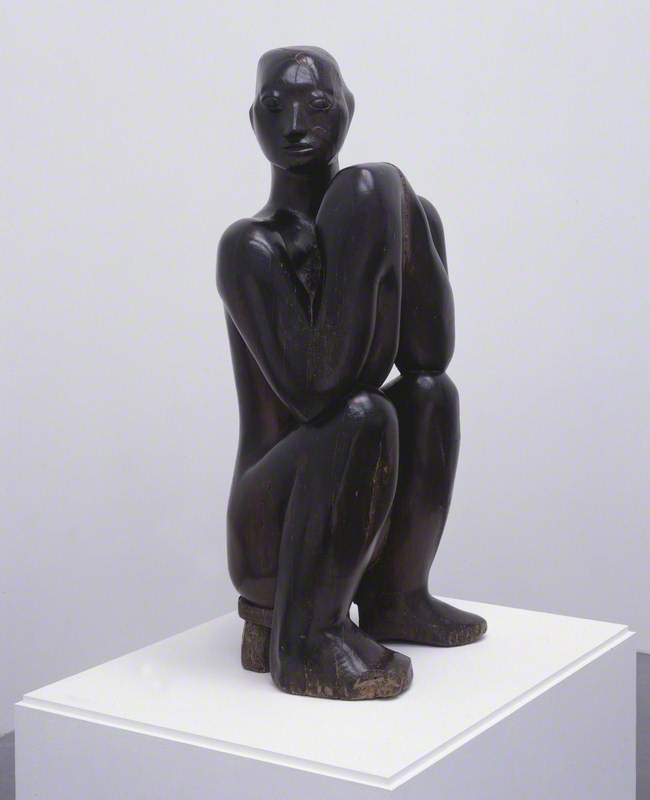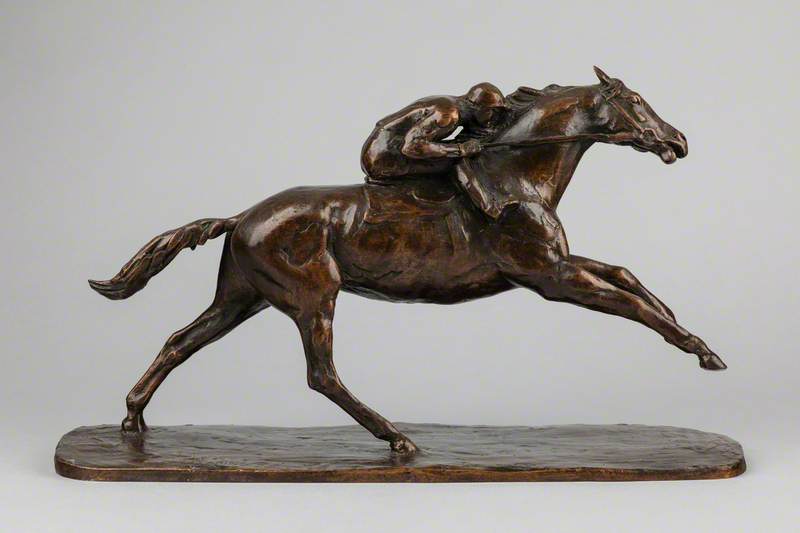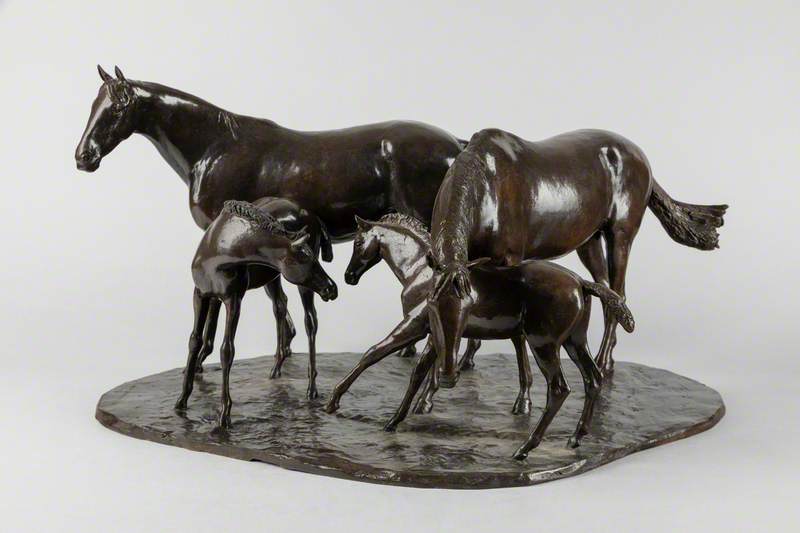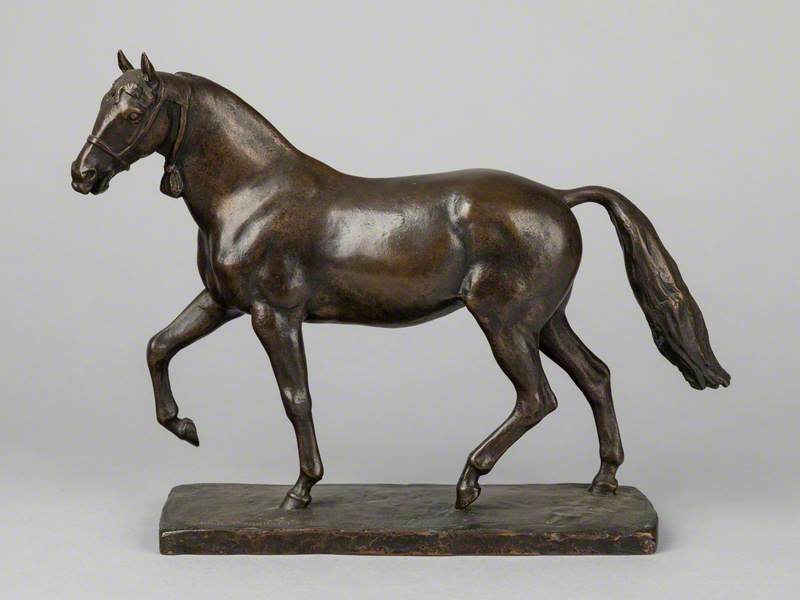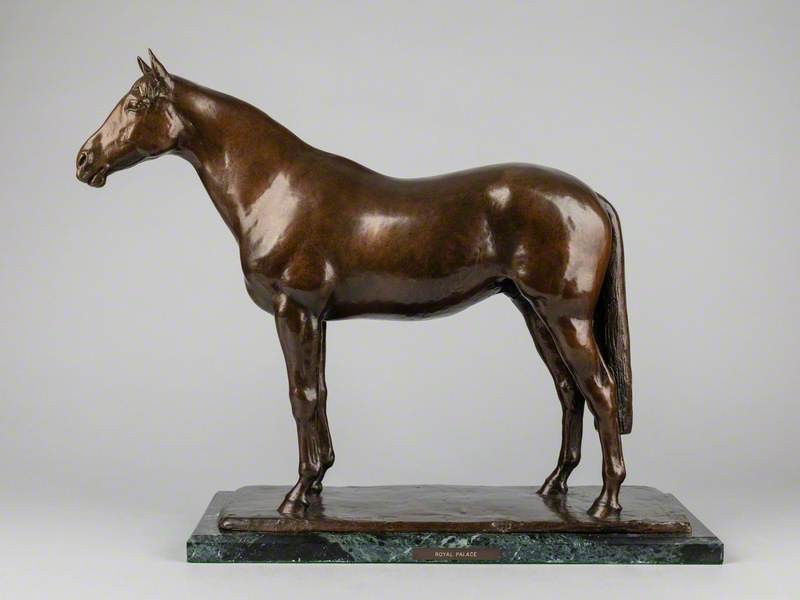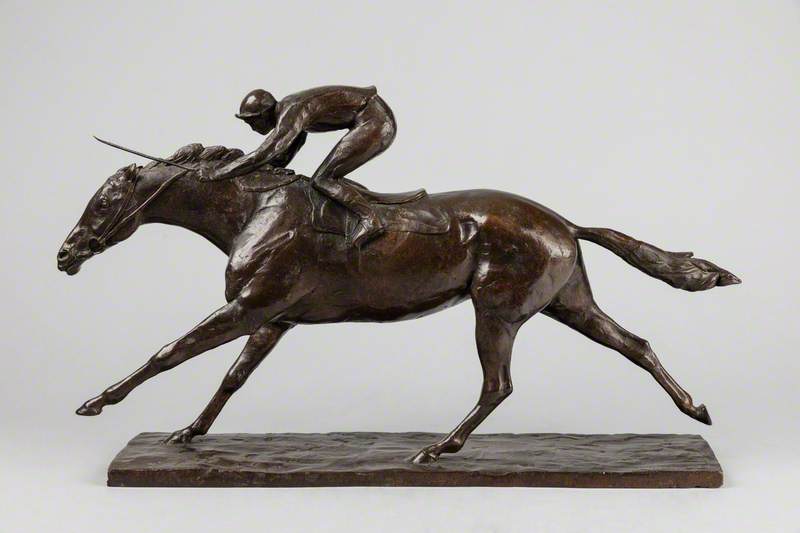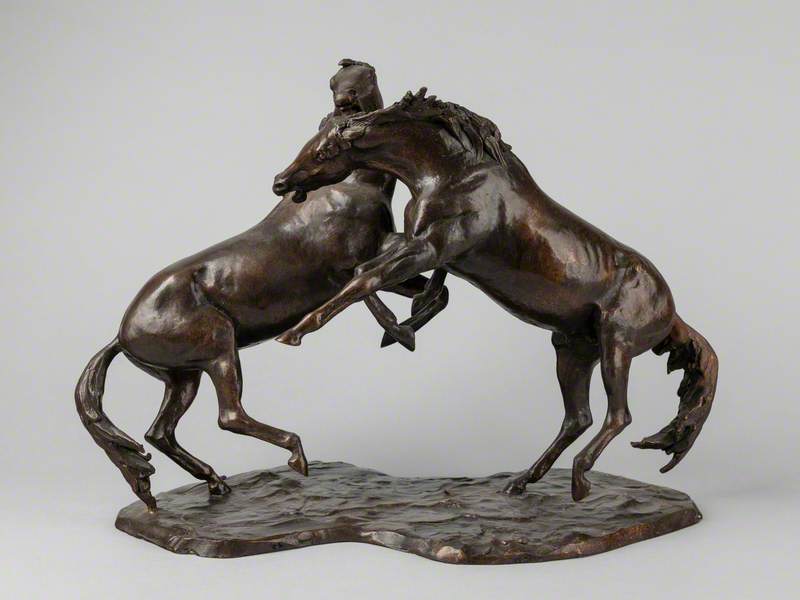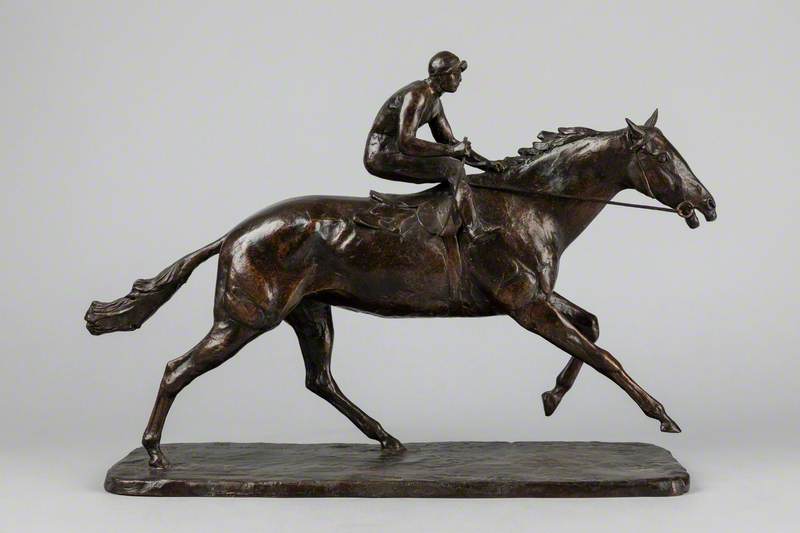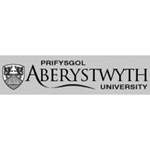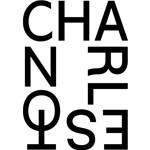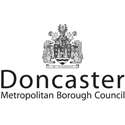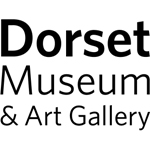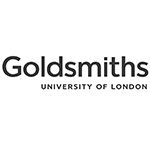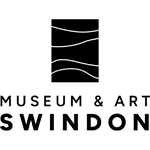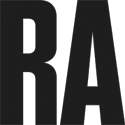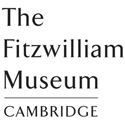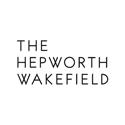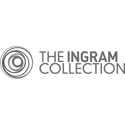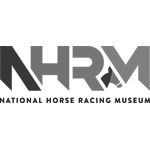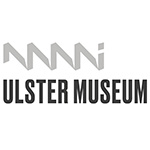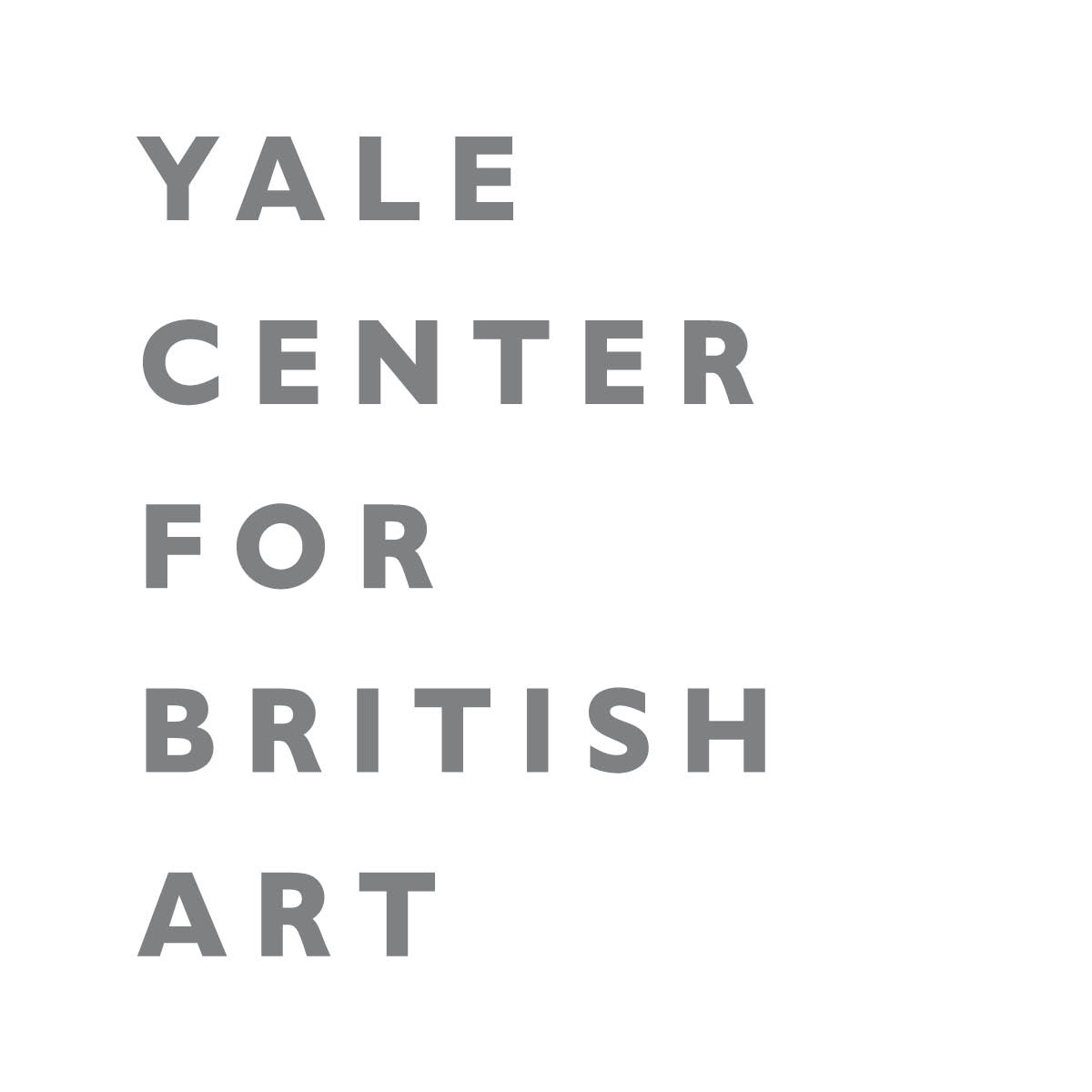John Rattenbury Skeaping [commonly known as John Skeaping) was born the son of the painter Kenneth Mathieson Skeaping (1856-1946) in South Woodford in Essex, England, on 9 June 1901. He studied sculpture at Blackheath School of Art in London in c.1914-15; Goldsmith’s College in London from 1915 to 1917; Central School of Arts and Crafts in London from 1917 to 1919; and at the Royal Academy Schools in London in 1919-20. In 1920 he won the Royal Academy gold medal and travelling scholarship which funded a visit to Rome, Siena, and Florence. In 1924 he was awarded the British Prix de Rome and its scholarship to the British School at Rome.
Whilst in Italy he met the sculptor met Barbara Hepworth (1903–1975), who had been runner-up for the Prix de Rome, and whom he married at the Palazzo Vecchio, Florence, on 13 May 1925 [1]. Skeaping in his autobiography acknowledged the profound influence that Hepworth had on his subsequent work.
The pair returned to England in 1926 and set up a studio in St. John's Wood, London where they held a joint exhibition in December 1927. Over the next year further exhibitions were held at Tooth's Gallery in Bond Street, London, and at the Alex Reid and Lefevre Gallery in Glasgow. Both of which were highly successful. In 1928 the couple moved to 7 The Mall Studios, Parkhill Road, Hampstead, where among their neighbours was Henry Moore.
During the 1920s Skeaping was employed by Josiah Wedgwood and Sons Ltd. for whom he produced several animal figures. Among his many commissions were life -size bronze statues of famous racehorses that included Hyperion and Brigadier Gerard.
Skeaping first exhibited at the Royal Academy in London in 1922. He did not do so again until 1947. He then continued to do so regularly until 1970. He also exhibited at the Beaux Arts Gallery, the London Group, Royal Society of British Artists, and Brook Street Art Gallery in London; Royal Scottish Academy in Edinburgh and at the Walker Art Gallery in Liverpool. He participated in the art competition held in conjunction with the Olympic Games in London in 1948. A retrospective exhibition of bronzes by him was held at Arthur Ackermann's Gallery, London, in 1979 and at the National Museum of Racing, Saratoga, New York in 1980. Ackermann Gallery organised another retrospective of Skeaping's work in 1991
He was elected an Associate of the Royal Academy (ARA) in 1950 and a Royal Academician (RA) in 1960. He was also elected a member of the London Group in 1930, and in 1931-32 was a member of the 7 & 5 Society.
From 1930 to 1939 he taught at Central School of Arts and Crafts in London. During World War Two, Skeaping served in the intelligence corps as an official war artist from 1940 to 1945.
In 1948 he began teaching at the Royal College of Art in London and from 1953 to 1959 was Professor of Sculpture.
In 1959 he moved to France and settled in the Camargue.
Skeaping was the author of books on the art of drawing and illustrated a number of books. His autobiography, ‘Drawn from Life’ was published by Collins in 1977. He died in London on 5 March 1980
____
[1] The entries on both Skeaping and Hepworth in the Dictionary of National Biography gives this as the date and place of their marriage, however the England & Wales, Civil Registration Marriage Index, 1916-2005 gives the date as 1927 and the place as Marylebone, London.
Text source: Art History Research net (AHR net)
